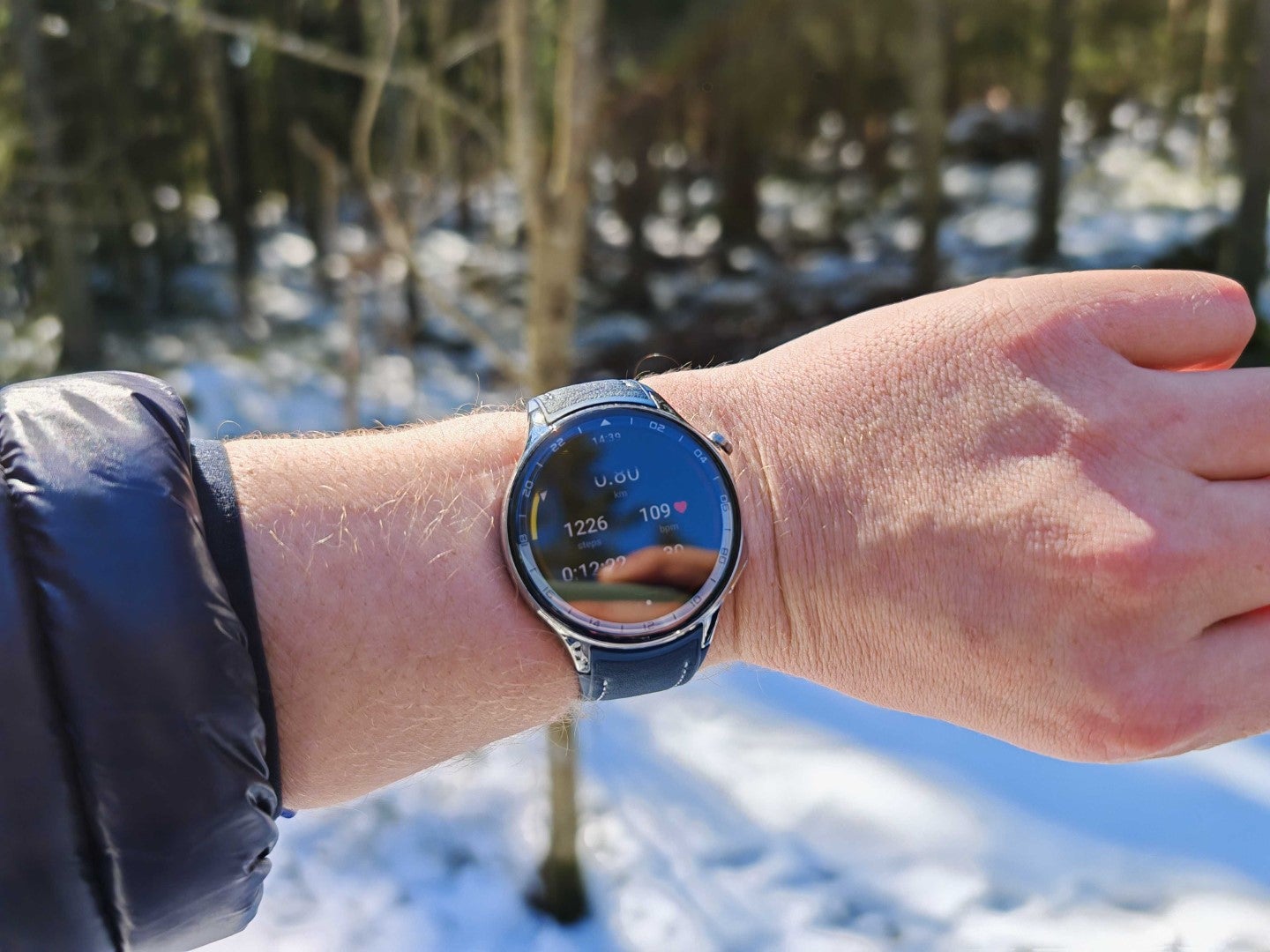Sound and Vision: Are Bose’s new headphones a smart move or just playing catch-up?

OPINION: Bose’s latest range of headphones have been rumoured and leaked over the last several months, but now they’re a reality with a new series of QuietComfort headphones.
The launch does feel somewhat odd, though. I’ve been expecting a follow-up to the Noise-Cancelling Headphones 700 (NCH700 for short) since they went on sale in 2019 but had thought they’d retain a similar model designation (NCH900?), but it feels as if that popular series, if it ever was a fully-fledged one, has been retired.
Then there was the surprise launch of the QuietComfort Headphones, which replace the QuietComfort 45 that launched in 2021. The new ones have a few upgrades, new colours, and a few more additions, but on the surface, they are similar to what came before before.
Then there are the QuietComfort Ultra over-ears and true wireless. The Ultra Earbuds were an even bigger surprise as the QuietComfort Earbuds II launched in 2022 – they’ve not even been on sale for a year before being replaced – and the older model was expected to be updated to support aptX codecs and Snapdragon Sound, but the longer it went without an update, the more it felt that something had changed.
I think some (rightly) will feel aggrieved that they’ve bought a pair of wireless earphones expecting a feature that doesn’t appear to be coming at all, but from Bose’s perspective, this could end up being a smart move. The company’s refreshed and unified its line-up in one fell swoop, offering customers a choice of options; while presumably the previous models will continue to be sold (while stocks last) at lower prices for those looking for a cheaper option, but it also seems as if Bose has been playing catch-up with the rest of the market
The Immersive Audio feature on the QuietComfort Ultra Headphones sounds interesting, but Sony’s been on the immersive audio train with its 360 Reality Audio format for years, while Apple welcomed Dolby Atmos with open arms a few years ago, and the likes of Yamaha made inroads into spatial audio with its YH-L700A headphones. Bose isn’t the first brand to get into spatial audio – there’s some ground to make up in associating the Bose name with 3D audio.
As I wrote back in 2021, 3D audio is looking like the next battleground for headphones. Jabra jumped into it recently with its latest true wireless headphones and there’s more music being conceived in formats such as Dolby Atmos, so it’s catching on in terms of popularity. As I wrote in that article however, 3D audio can still be something of a poisoned chalice. Upconverting stereo into 3D is still rather difficult, and even native spatial audio mixes can be uninteresting if there’s not enough in the song to take advantage of the format.
Tthen there’s the addition of aptX and Snapdragon Sound to consider. Qualcomm’s aptX is something I’ve been expecting in Bose headphones for a while now. We’ve reached a point where even budget true wireless like the Anker Soundcore Liberty 4 NC are offering LDAC streaming. Higher quality music streaming over Bluetooth has been pushed consistently by brands, and again it feels as if Bose has waited a little too long to wade into these waters.
I’m not entirely sure why it’s taken so long or what’s ended up happening behind the scenes; Bose has always made quality headphones, but a consistent complaint has been they’ve never included the kind of features and options to compete against the likes of Sony, JBL, Apple and others. Now they’re boasting more firepower and I’m intrigued as to how this new approach for Bose fares in a fearsomely competitive market.








